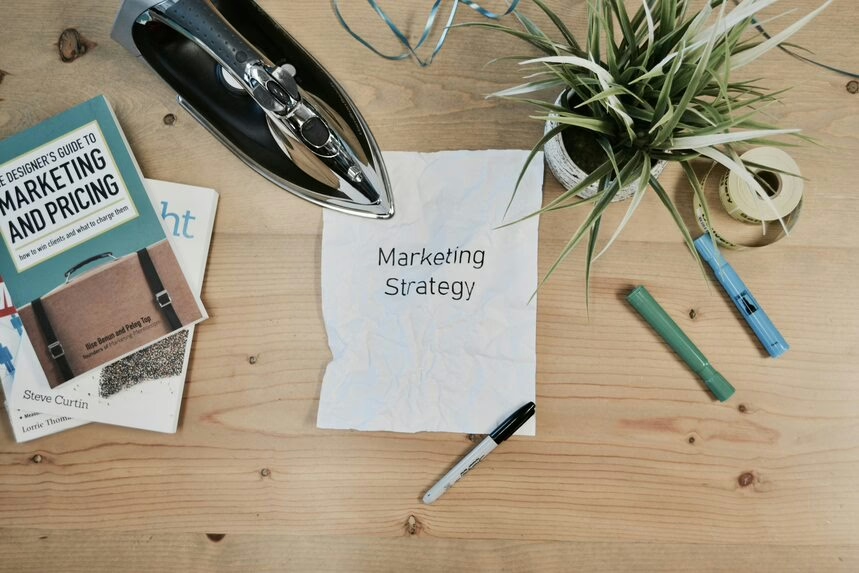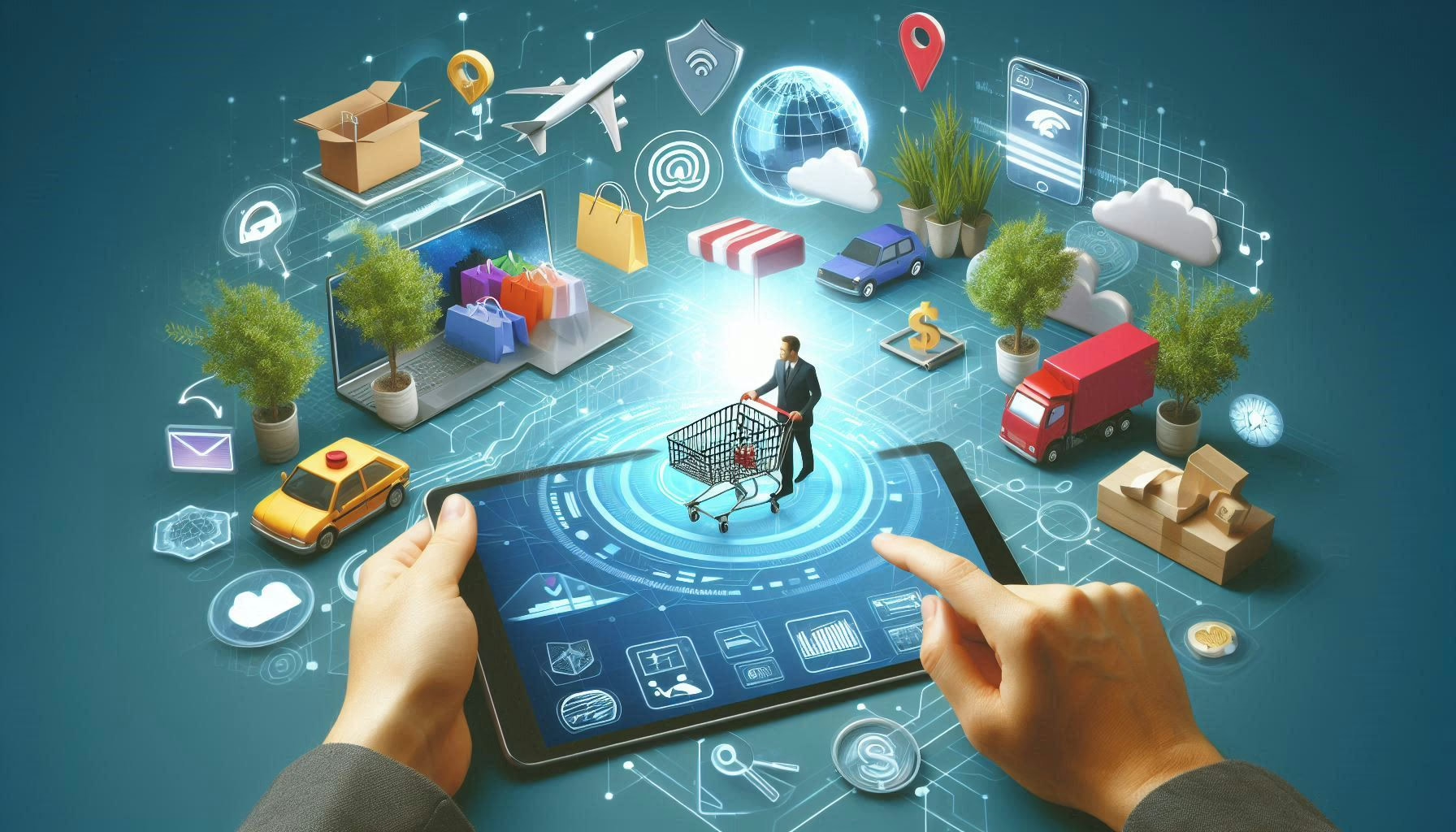By 2025, environmentally conscious consumerism has become a mainstream purchasing behavior from a niche movement. Consumers are no longer merely passive consumers—they’re engaged agents of change creating a more sustainable world. They’re influencing brands to rethink packaging and supply chains, as well as purpose-based messaging.
The Shift in Consumer Behavior
Consumers today are putting a growing premium on the environmental footprint of what they buy. They want transparency, ethical sourcing, and green credentials—opting for green brands that share their values over conventional ones.
Here’s why the shift in consumer behavior in 2025 is underway:
- Climate consciousness is higher than ever before, which is inspiring consumers to act through their purse strings.
- Younger generations, particularly Millennials and Gen Z, give high value to sustainability in their buying choices.
- Social media power has made both sustainability efforts and greenwashing more prominent, and as such, honesty and evidence become necessary.
Trending Sustainability Practices in 2025
The pressure to have greener behaviors has brought the following sustainability practices to the fore in 2025:

- Plastic-free packaging replacing plastic-dependent counterparts.
- Carbon-free shipping alternatives being provided as standard.
- Bamboo, hemp, recycled material, and similar materials sweeping product development.
- Circular economy models, where brands are incentivizing reuse, recycling, and fixing over replacement.
These trends are a sign of a broader, permanent shift in the way businesses think and the way consumers interact with brands.
The Rise of Sustainable Products
Consumers are demanding sustainable products across all industries—beauty, fashion, food, tech, and beyond. Products that are biodegradable, ethically sourced, or produced using renewable resources are increasingly capturing shelf space and consumer loyalty.
Particularly:
- Eco-labeled products are seeing more rapid growth than non-labeled ones.
- Price sensitivity is down when it comes to environmentally friendly options.
- Customers are now asking, “What’s the effect of this product on the earth?” before they buy.
Green Marketing That Resonates
Green marketing has evolved as well. 2025 consumers aren’t swayed by watered-down assertions or fad lingo. They anticipate:
- Third-party-verified sustainability certifications (such as FSC, USDA Organic, or Fair Trade).
- Storytelling that tells actual impact, rather than intention.
- Interactive activities such as product back-of-pack origin tracing, carbon footprint analysers, and behind-the-scenes tours of the green practices.
Companies that are applying genuine, open green marketing are seeing the dividends—both in terms of trust and market share.
What This Means for Businesses
In order to succeed in this changing market, companies need to weave sustainability into the fabric of their business. That means:
- Re-thinking supply chains for lower emissions and waste.
- Implementing energy-efficient behaviors throughout manufacturing and supply chain.
- Forming relationships with environmentally responsible suppliers and partners.
- Involving customers in sustainability initiatives through loyalty programs, recycling, and education.
Sustainability sells because values sell. In 2025, customers aren’t purchasing goods—they’re purchasing into missions, ethics, and lasting influence. Brands who ride this wave of eco-consumerism will not only expand, but define the next decade of responsible commerce.
Saksham Kaushik is a talented writer and knowledge seeker who enjoys studying and sharing knowledge on everyday happenings, trends, and interesting facts. With keen observation skills and a curiosity-based approach, He analyzes heavy subjects into simple-to-read articles, keeping readers updated and interested. From international updates to technology breakthroughs, lifestyle suggestions, and food for thought, Saksham Kaushik provides new insights and useful information every day.




